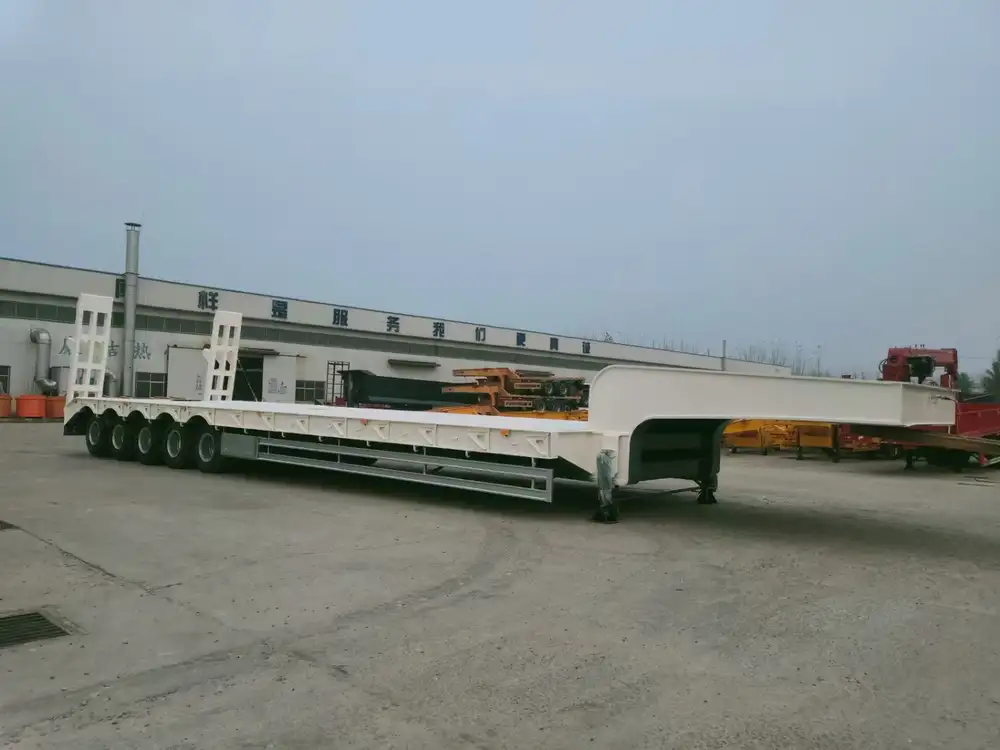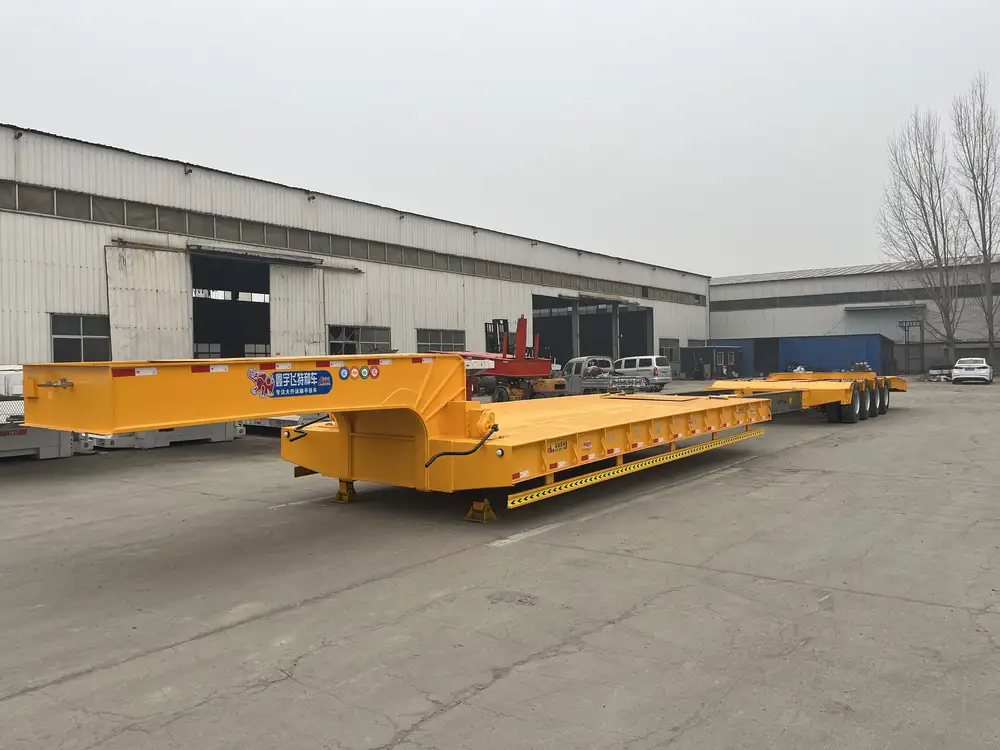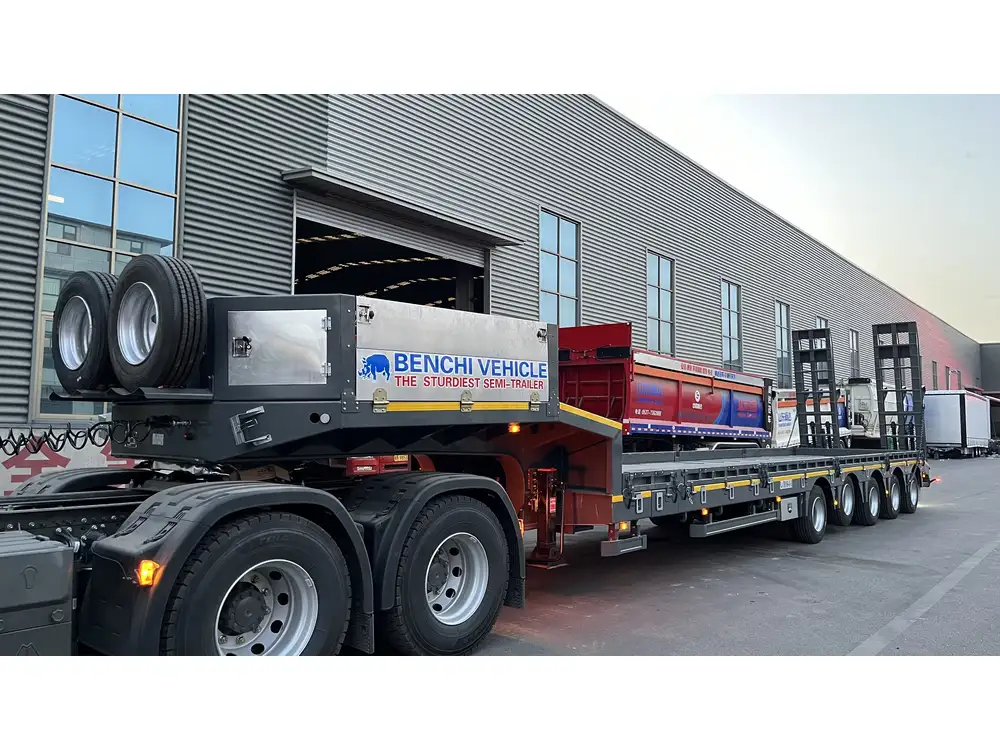When owning or operating semi-trailers in Minnesota, understanding the process of obtaining a license plate is vital. This detailed guide aims to provide essential information on the steps, requirements, and nuances of getting a new semi-trailer license plate in the state, helping manufacturers, owners, and operators navigate the process seamlessly.
Understanding the Types of Registration for Semi Trailers in Minnesota
Before diving into the license plate application process, it’s important to recognize the types of registrations available for semi-trailers in Minnesota. The two primary classifications include:
| Type | Description | Fee Structure |
|---|---|---|
| Commercial Registration | Required for trailers used for business purposes, which often include hauling goods across state lines. | Varies by weight class |
| Farm Registration | Designed for trailers used primarily for agricultural purposes, providing reduced fees for qualifying farmers. | Discounted rates |
Understanding these categories will help you determine the appropriate registration type needed for your semi-trailer.
Step-by-Step Process for Obtaining a New Semi Trailer License Plate

Step 1: Gather Necessary Documentation
To initiate the license plate application process, specific documents and information are required. Ensure that you have the following ready:
Proof of Ownership:
- Bill of Sale
- Manufacturer’s Certificate of Origin
- Previous registration documents (if applicable)
Identification:
- Valid Driver’s License or State ID.
Proof of Insurance:
- A valid insurance policy covering the semi-trailer.
Application Form:
- The Minnesota Department of Public Safety (DPS) Form PS2000, or you can obtain it at the Deputy Registrar’s office.
Step 2: Determine Weight Classification
The fee structure for registering a semi-trailer is based on its weight. It is crucial to accurately determine the weight class of your trailer, as this affects the registration fee. Minnesota uses the following weight classifications:
| Weight Class | Weight Range (lbs) | Annual Fee |
|---|---|---|
| Class 1 | 0 – 1,500 | $32 |
| Class 2 | 1,501 – 4,000 | $50 |
| Class 3 | 4,001 – 7,000 | $70 |
| Class 4 | 7,001 – 10,000 | $100 |
| Class 5 | 10,001 – 26,000 | $140 |
| Class 6 | Over 26,001 | $300+ |
Make sure to have the semi-trailer weighed at an approved scale if unsure about its weight class.
Step 3: Visit the Local Deputy Registrar Office
After gathering the required documentation and determining the weight classification, the next step is to visit your local Deputy Registrar office. For efficiency, you may want to schedule an appointment to mitigate any wait times. During your visit:
- Submit your application form along with the documentation.
- Pay the registration fee based on the determined weight class.
- Obtain a temporary registration permit if needed, allowing you to operate the trailer while awaiting your plate.

Step 4: Wait for Processing
Once your application is submitted, processing times may vary. Typically, you will receive your new license plate via mail within 10 to 14 business days. However, it is advisable to confirm any processing times at the Deputy Registrar’s office.
Step 5: Attach the License Plate
Upon receipt of your new semi-trailer license plate, it must be affixed to the trailer appropriately. Ensure that the plate is visible and mounted according to Minnesota’s regulations, generally positioned on the rear of the trailer.
Common Challenges and Solutions
Even with a straightforward process, applicants may face various challenges. Below are some common issues along with practical solutions.

Issue: Lost or Stolen Registration Documents
- Solution: If your registration documents are lost or stolen, you can file a report with local law enforcement and obtain a duplicate registration by completing the necessary forms at your local Deputy Registrar office.
Issue: Inaccurate Information on the Plate
- Solution: If there are errors in the license plate information, contact the DPS immediately to request corrections, providing supporting documentation.
Issue: Changing Ownership
- Solution: In the case of transferring ownership, complete a “Title Transfer” that includes both the seller’s and buyer’s signatures. Ensure that the new owner applies for a license plate within the timeframe stipulated by Minnesota law.

Additional Licensing Considerations
Temporary Plates
Minnesota allows applicants to obtain temporary plates, valid for 21 days. This can be useful for new purchases, ensuring operators can legally travel while waiting for permanent registration. Temporary plates can be issued at the Deputy Registrar’s office or sometimes through dealers, depending on the transaction’s nature.
Alternative Plate Options
If you’re considering alternative custom plates for aesthetic or business branding purposes, Minnesota offers various specialized plates. However, be mindful that these may come with additional fees and approval processes.
| Custom Plate Option | Description | Fees |
|---|---|---|
| Specialty Plates | Plates that feature specific designs or themes. | Varies; generally starts at $30 |
| Personalized Plates | Custom text plates that allow up to 7 characters. | An additional fee of $50 |

Conclusion
Navigating the process of obtaining a new semi-trailer license plate in Minnesota doesn’t have to be daunting. By following a structured approach, gathering necessary documentation, and understanding the various registration options, you can streamline the experience for yourself.
For ongoing issues, ensure you remain informed about state regulations and keep abreast of any changes to the registration process. Remember, engaging with local authority representatives can often provide insightful assistance, smoothing your path toward compliant semi-trailer operation in Minnesota.



